Peyote vs Brick Stitch: what’s the difference?
So, you’ve heard people mention these techniques. Maybe you’ve heard them talk about some similarities. So, peyote vs brick stitch… What actually is the difference? How do you know which of these techniques you need? That’s what I’m going to talk about here.
Before I get on to that, if you are looking for lessons in either or, both of those stitches, I can also help with that. But you will find those lessons in different sections and I will point you in the right direction as I discuss the differences. So, just read on…
Peyote vs brick stitch: structure
When I was first learning brick stitch, I read that it was really just peyote stitch on its side. So, how does that work…?
Peyote structure
Well, in Peyote stitch, you end up with a slightly disconcerting structure with an ‘up’ bead, ‘down’ bead layout along the top and bottom of your work. Just take a look at the photos below.
It doesn’t matter whether you’re looking at a Peyote tube, a flat piece, or a circle. All of them have that same structure where alternate beads stick up from their neighbours.
You create the structure by adding one row at a time. So, each new row will pick up a bead and pass through the next ‘up’ bead, all the way along. The new beads then form a new row of ‘up’ beads and so your work will grow.
If you need to learn Peyote stitch, then use this link to find a series of mini lessons covering all the basic variations.
Brick stitch structure
Now, let’s take a look at brick stitch. Have a look at these photos of brick stitch samples and diagrams. What do you notice?
Hopefully you spotted that the ‘up’ bead, ‘down’ bead structure is still there. But it is now on the sides of your work, not the top and bottom. So, yes, it is just as if you had turned your Peyote piece on its side.
Yet, the way you create brick stitch is completely different. You work along the flat edge of the piece (the top or bottom), and you add beads by hooking under the threads along that edge, rather than passing through existing beads. If you need to learn how to do brick stitch, then use this link for a series of mini lessons.
How does this stitch structure affect your work?
So, when you’re faced with that decision, peyote vs brick stitch, does it actually matter which one you use? You can’t tell them apart by looking at them. You would actually have to pull the beadwork apart to discover which of these two thread path structures had been used.
So, why do you even need two different ways of stitching beads together to create the same end result?
Well, the answer has a lot to do with tension and structure. It’s hard to explain, but if you go away and stitch a little sample of even count peyote. Then stitch the same size sample of basic brick stitch, your two fabrics will feel a little different.
For me, I often end up with a stiffer fabric when I work in brick stitch. I think this has to do with tension. It is somehow easier to let your thread go a little slack when you work in Peyote. Then you end up with looser tension and a more ‘floppy’ fabric.
With brick stitch, because you are anchoring onto threads, rather than passing through beads, maybe this makes the tension naturally firmer.
So, I invite you to have a little play around and experiment with how the two different techniques feel.
Peyote vs brick stitch for pattern charts
Now, I would argue that brick stitch has a very real advantage over peyote when it comes to reading a pattern chart. Take a look at the two charts below and see what you think…
The chart on the left is a brick stitch chart. The chart on the right is a peyote stitch chart. For both charts, you will start at the bottom and work your way up to the top. In both techniques, you will work back and forth, so your first row(s) work from left to right, the next row from right to left, the following row from left to right, and so on.
In the brick stitch chart. Each row is a flat line of beads. In the peyote chart, each row is made up of just your ‘up’ beads. So, you will be ignoring the down beads between them. This means your eyes and brain are trying to follow an uneven pattern.
Which do you find easier?
Most people would answer, ‘brick stitch’. So, if that’s the case, should you always bead a pattern chart using brick stitch?
Factor this into your peyote vs brick stitch decision
If the chart is for a flat piece and is completely self-contained, then maybe yes, use brick stitch. But if your chart documents a repeat pattern, then perhaps not. You would be able to bead the pattern in brick stitch to begin with. But then when you come to repeat the pattern, you would really need to work in peyote… Unless you did something sneaky, like make a series of pieces in brick stitch, then join them…
But again, consider how your choice of peyote vs brick stitch is going to affect your tension. What is your beadwork being used for? Does it need the flexibility to curve, for example in a bracelet? This might also affect your decision.
Forget Peyote vs brick stitch….
How about Peyote AND brick stitch?
Yes, that’s right. Because of the similarity between the end results on these two stitches, you can mix them together within one project. So, when would this be useful?
Odd count Peyote cheat
I use this method a lot. Odd count peyote is a pain because of that ‘odd’ turn around at the end of alternate rows. So, if I’m beading a piece in odd count, I like to ignore the first column of beads. Then I can work the remaining columns in even count peyote. When I’ve done that, I just turn my work on its side and add in that first column, using brick stitch.
This is a method I use all the time when I’m making beaded pen covers. So, it’s a good trick to know!
Beading weird shapes
So, let’s imagine you’re looking at a beading chart for a really unusual shape. Maybe the bat wings in this project…
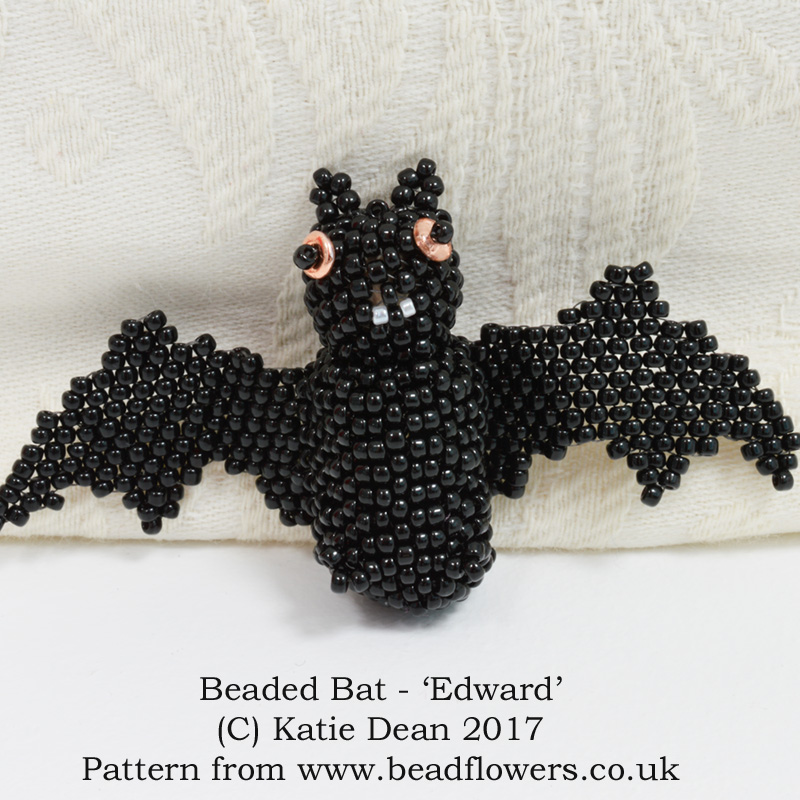 You can see that they were made in brick stitch…or were they? Look at the body. The beads in that are sitting in the peyote stitch orientation. So, maybe the wings were also made in peyote stitch.
You can see that they were made in brick stitch…or were they? Look at the body. The beads in that are sitting in the peyote stitch orientation. So, maybe the wings were also made in peyote stitch.
Ahh – dilemma – peyote vs brick stitch…?
Well, why not mix the two? Make a copy of your pattern chart that you can scribble on. Then divide it into blocks and work out which blocks it would be easiest to make in peyote and which would be better in brick.
If you don’t understand what I mean, then grab a copy of the beaded bat pattern. I’ve done all the hard work for you and explained how to create your blocks and which stitches to use for each.
3D Beadwork
As I designer, I often find myself faced with the peyote vs brick stitch dilemma when I want to create some 3D beadwork. Because I have learned both techniques, I have discovered that each has different strengths and weaknesses.
For example, if I want to create a tube that is narrower at the bottom than at the top. I can do this with either technique. Simply work in the tubular variation and add some increases to shape it.
But, I have found I get a smoother increase if I do this in brick stitch. Again, this has to do with the stitch structure. So, knowing little bits of information like that can be really helpful.
In this little cupcake, not only did I put that information to good use, but I also mixed the two techniques together. I found the cake needed brick stitch, but the icing required peyote. So, if you want to gain a little more experience, that’s a good project to try.
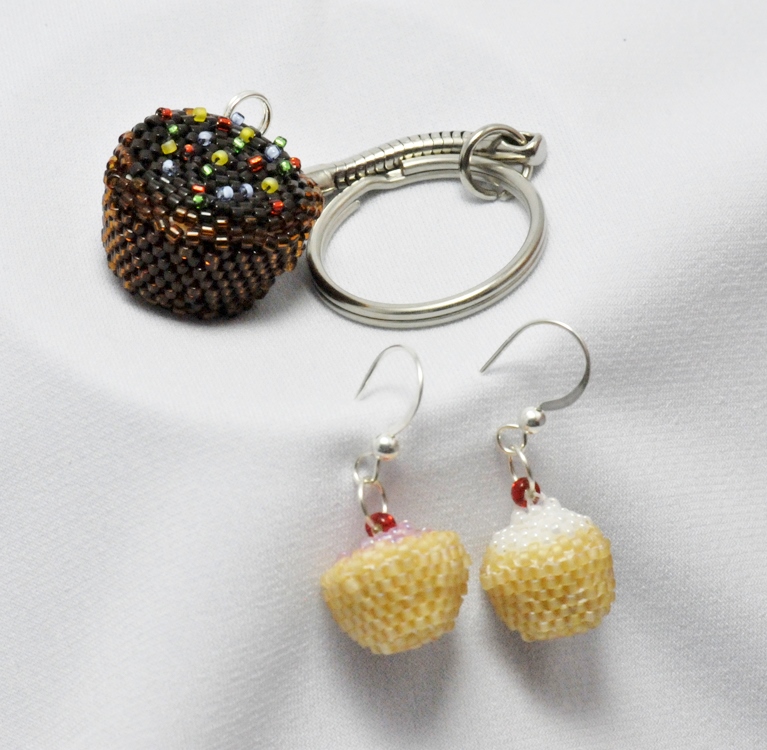
Over to you…
So, I hope that has helped you with two things:
- Understanding what affects your decision when you choose peyote vs brick stitch
- Recognising that there is value in learning both techniques so you have options
If you found this helpful, please share it with all your beading friends. And do leave a comment below if you have tried any projects where you found yourself asking ‘peyote vs brick stitch?’


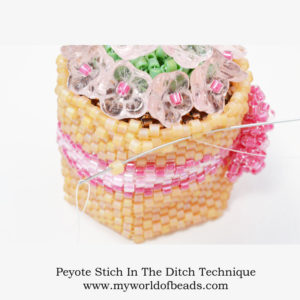
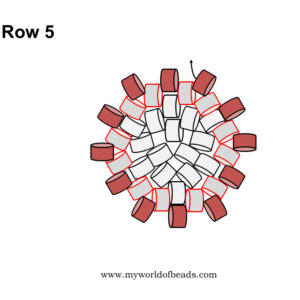
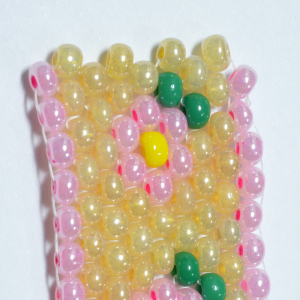
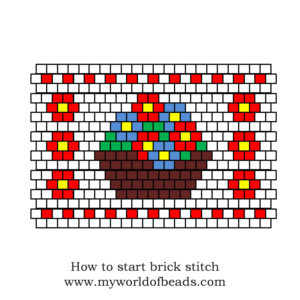
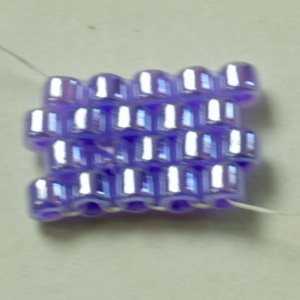
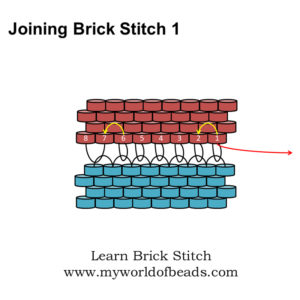
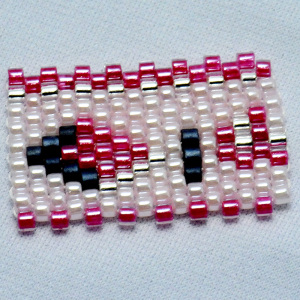
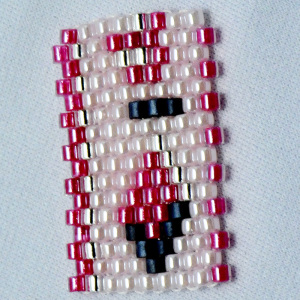
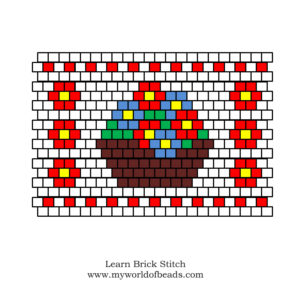
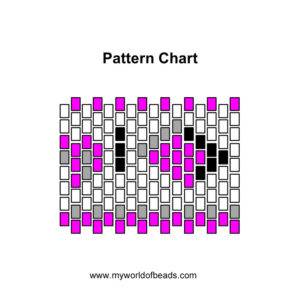
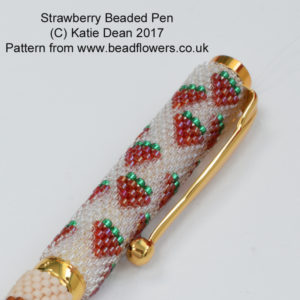
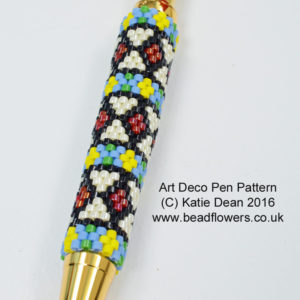
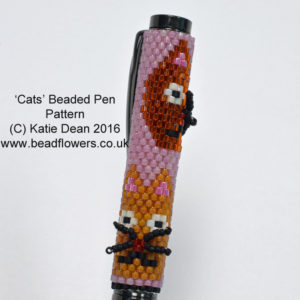

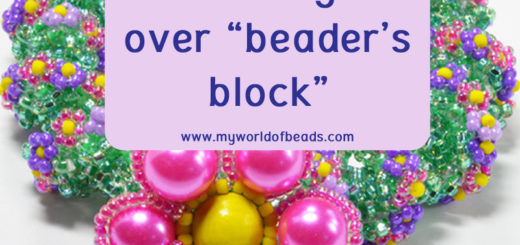







I’ve not beaded since childhood. Would you recommend a source to read for review of terminology and techniques? I very much want to brick and peyote stitch but know I need a refresher first.
The other articles on this website should give you all the info you need, Tina. Just pop to the Beads Index page and you get a list of everything, so you can work through whatever you need first. I definitely have a blog post on ‘beading terms defined’, then there’s a complete section on how to learn peyote stitch and another complete section on learning brick stitch. So, you’re already in the right place!
Hello,
This is a great article and it answers many if my questions, but I was wondering if there is a way to finish the end of an of count peyote piece with brick. I notice one of your illustrations so connecting brick stitch, but is there a way to connect brick stitch to peyote?
Thanks
Hi Wanda, I’m really glad that has helped you.
Yes, you can connect brick stitch onto Peyote, but only along the ‘straight’ edge of the peyote. (So, that would be the side of your piece, not the ends to which you are adding rows). It’s really simple – just add your brick stitch along the straight side of the peyote, treating that as if it were your base. So, you don’t have to worry about the brick stitch starting row.
I’m new to the peyote stitch hobby, and have found great joy in making keychains for friends and family! I use an odd count stitch and then combine the ends around a “D ring” clip. Sad part is, several of my peyote stitch keychains have started to tear. Any suggestions to reinforce?
What a lovely idea, Georgia! The keychains sound wonderful, so it’s a real shame if they’re starting to tear. What kind of thread are you using to stitch them? I’m just asking because if it’s a cheap beading thread or a thread that’s not designed specifically for beading, then that could be the problem…it’s simply not durable enough for the purpose. And of course, keychains can get pulled about a lot as they are used, so may be coming under more pressure than some other types of beadwork.
Thank you, I absolutely love doing this! I use either wildfire 0.15mm or Berkley Fireline 4lb. Since I stitch with 11/0 miyuki delica beads, I’m afraid I can’t go any thicker.
Those are both excellent choices, so doesn’t sound like the thread should be tearing. You can try 6lb Fireline with 11/0 Delicas – should be OK for odd count Peyote. But, depending where the tear is, could it be that the beading part that wraps around the D-lock is being rubbed by the metal on the D-lock? If that is a possibility, then I would think about finding a different way to attach the beading to the key chain. Otherwise, I’m not really sure what else to suggest.